How to Start a Personal Blog in 5 Easy Ways
Category: Web Design

8 mins read
In today's digital age, personal blogs have become increasingly popular as a means of self-expression, sharing ideas, and building an online presence. Whether you're looking to showcase your creative writing skills, share your expertise in a particular topic, or simply document your daily musings, starting a personal blog can be a rewarding and fulfilling experience. However, getting started can be daunting, especially if you're new to the world of blogging. That's why we've put together this guide on how to start a personal blog, which will take you step-by-step through the process of launching your very own blog. By the end of this article, you'll have all the tools and knowledge you need to start your blogging journey with confidence.
In this article:
Part 1. What a Personal Blog Is
At its core, a personal blog is an online platform where individuals can publish their thoughts, ideas, and experiences on a particular topic or a range of topics. Unlike professional blogs or news websites, personal blogs are typically run by individuals and reflect their personal perspectives and opinions. They can be used to document personal experiences, share insights and knowledge on a particular topic, showcase creative writing skills, or simply express oneself.
Personal blogs can cover a wide range of topics, from travel and food to technology and politics. What makes them unique is that they offer a glimpse into the personal life and experiences of the blogger. In this way, personal blogs can help build a community of like-minded individuals who share similar interests and experiences. Personal blogs can be a powerful tool for self-expression, personal growth, and networking, and they can be enjoyed by readers from all around the world.
Part 2. Benefits of Starting a Personal Blog
Starting a personal blog can have numerous benefits, both personal and professional. Blogging provides a platform for self-expression and allows individuals to share their thoughts, ideas, and experiences with others. This can be a great way to explore one's creative side and express oneself freely. It can also be a powerful tool for personal growth and development. Writing regularly can help individuals develop their writing skills, improve their communication skills, and gain more confidence in expressing their ideas and opinions.
Personal blogs can also help individuals build a network of like-minded individuals who share similar interests and experiences. This can lead to new friendships, collaborations, and business opportunities. Additionally, if you blog about a particular topic, it can help establish you as an authority in your field. This can be a great way to showcase your expertise and knowledge, which can lead to new career opportunities and collaborations.
While not a guarantee, some bloggers are able to monetize their blogs through advertising, sponsorships, affiliate marketing, and other means. This can be a great way to earn extra income or even turn blogging into a full-time career. These are just a few of the many benefits of starting a personal blog. Whether you're looking to express yourself creatively, establish yourself as an authority in your field, or even make money, blogging can be a powerful tool for achieving your goals. So, don't hesitate to start your own personal blog today and reap the benefits it can offer.
Part 3. How to Start a Personal Blog
Step 1. Choose a Topic or Niche
Choosing a topic or niche is one of the most important decisions you'll make when starting a personal blog. It helps you stand out from the crowd by offering a unique perspective or angle on a particular topic. This can help attract and retain readers who are interested in the same things you are. A well-defined niche makes it easier to create content that's both relevant and valuable to your audience. This can help build a loyal following and establish you as an authority in your field. Choosing a niche can also help you monetize your blog by attracting advertisers and sponsors who are interested in reaching your specific audience.
When choosing a theme for your blog, it's important to consider several factors. First, choose content that you are passionate about and have expertise in. This will make it easier to create high-quality, engaging content that resonates with your readers. Second, consider your target audience and the topics they are interested in. This will help you tailor your content to their needs and interests. Third, research your competitors to see what topics they cover and how you can offer a unique perspective. Fourth, be specific and choose a narrow niche that is easy to define and target. Finally, don't be afraid to try new ideas. The more you write and create, the more ideas you will generate.
Step 2. Choose a Platform
One of the most important decisions you will make when starting a personal blog is choosing a blogging platform. There are several different platforms to choose from, each with its own advantages and disadvantages. The following is an overview of s three most popular blogging platforms, as well as some factors to consider when choosing a platform: Wordpress, Blogger, Squarespace.
WordPress
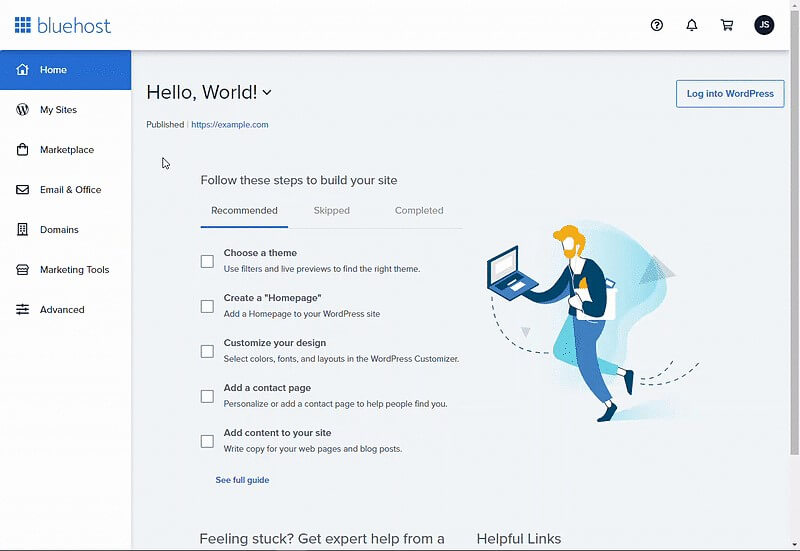
WordPress is a popular and powerful content management system that's used by millions of bloggers and website owners around the world. It's a free, open-source platform that offers a wide range of customization options, making it ideal for bloggers who want complete control over their site's design and functionality. One of the key features of WordPress is its ease of use. It has a user-friendly interface that's easy to navigate, even for beginners. You don't need any coding skills to get started with it, and it comes with a range of pre-built themes and templates that you can use to customize the look and feel of your site.
In addition to its ease of use, it is also highly customizable. It offers a range of plugins and widgets that you can use to add functionality to your site, such as social media integration, contact forms, and e-commerce capabilities. You can also use custom code to make more advanced modifications to your site. WordPress is also highly scalable, meaning it can grow and evolve with your blog over time. Whether you're just starting out with a small blog or running a large, complex website, WordPress can accommodate your needs. It's also highly secure, with regular updates and security patches that help protect your site from hacks and other security threats.
Overall, WordPress is an excellent choice for bloggers who want a powerful and flexible platform that offers complete control over their site's design and functionality. It's easy to use, highly customizable, and offers a wide range of features that can help you grow your blog and attract more readers over time.
Blogger
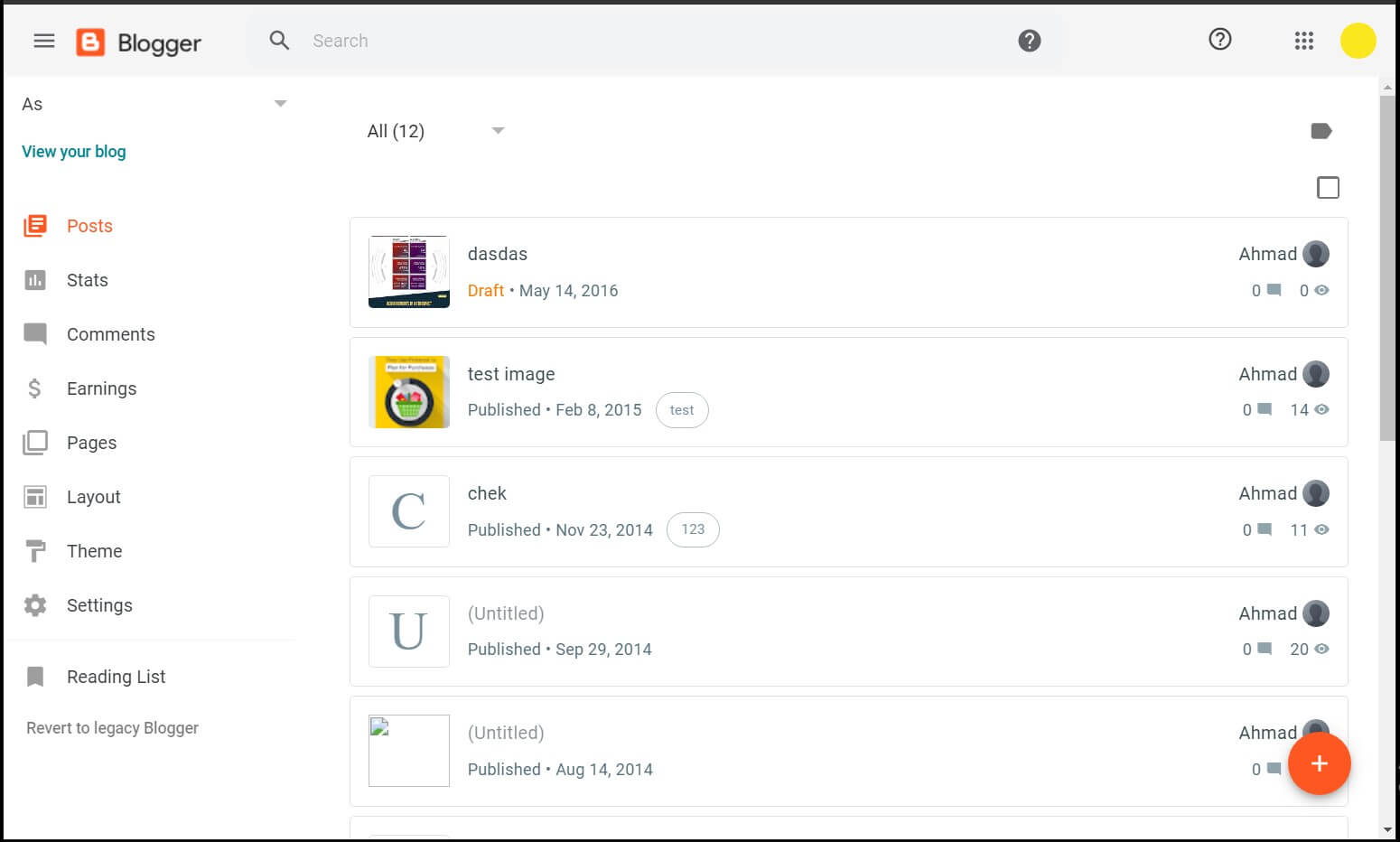
Blogger is a free blogging platform owned by Google that is known for its simplicity and ease of use. It is a great option for people who want to start a personal blog as it requires little technical knowledge to get started.
One of the main advantages of Blogger is that it is completely free to use. You don't have to pay for hosting or any other fees to use the platform. This makes it an ideal choice for people who want to start a blog without spending a lot of money. Another advantage of it is that it is very easy to use. The interface of Blogger is simple and user-friendly, making it easy for anyone to start a blog. You don't need any technical skills or knowledge to set up a blog on Blogger.
Blogger also offers a range of customizable templates, allowing you to create a unique look and feel for your blog. You can choose from a range of different templates, or you can create your own custom design if you have some basic HTML and CSS skills. Finally, because Blogger is owned by Google, it is integrated with many of Google's other services, such as Google Analytics and Google AdSense. This makes it easy to track your blog's performance and earn money from your blog through advertising.
Blogger is a great choice for people who want to start a personal blog. It is free, easy to use, customizable, and integrated with other Google services, making it a convenient and accessible option for bloggers of all levels of expertise.
Squarespace
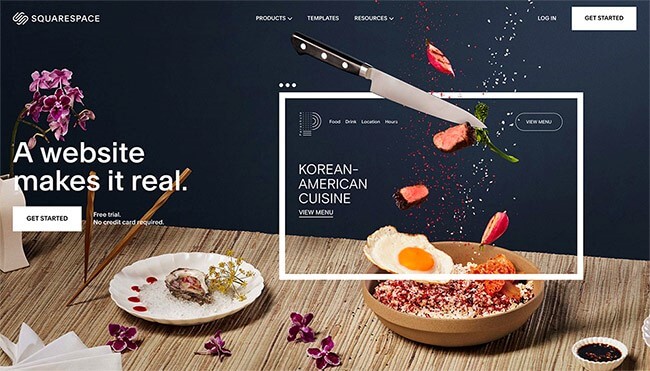
Squarespace is an all-in-one website building platform that was launched in 2003. It is designed to provide a complete website building experience, offering a wide range of features and tools to create professional-looking websites and blogs without needing any technical skills or knowledge. One of the main advantages of Squarespace is its professional-looking designs. The platform offers a range of pre-designed templates that can be customized to create a unique and professional-looking website or blog. The templates are modern, responsive, and suitable for a variety of industries, making it easy to create a website that reflects your brand and meets your needs.
Squarespace is also known for its user-friendly interface. The platform has a drag-and-drop interface that makes it easy to add and arrange different elements on your website, such as text, images, and videos. The interface is intuitive and easy to use, allowing you to create a website even if you have little or no technical skills. Another advantage of it is its built-in features and tools. The platform offers a range of features and tools for creating and managing your website or blog, including e-commerce functionality, analytics, and SEO tools. This means that you don't need to use third-party services or plugins to manage different aspects of your website.
Finally, Squarespace offers 24/7 customer support, which is available via live chat or email. This means that you can get help and support whenever you need it, which is particularly useful if you're new to website building or if you encounter any issues while using the platform.
In summary, Squarespace is a powerful website building platform that offers professional-looking designs, a user-friendly interface, built-in features and tools, and 24/7 customer support. It is an excellent choice for individuals or businesses looking to create a professional-looking website or blog without needing any technical skills or knowledge.
Step 3. Set Up Your Blog
Once you've chosen your blogging platform, it's time to set up your blog. Here are the three main steps to take:
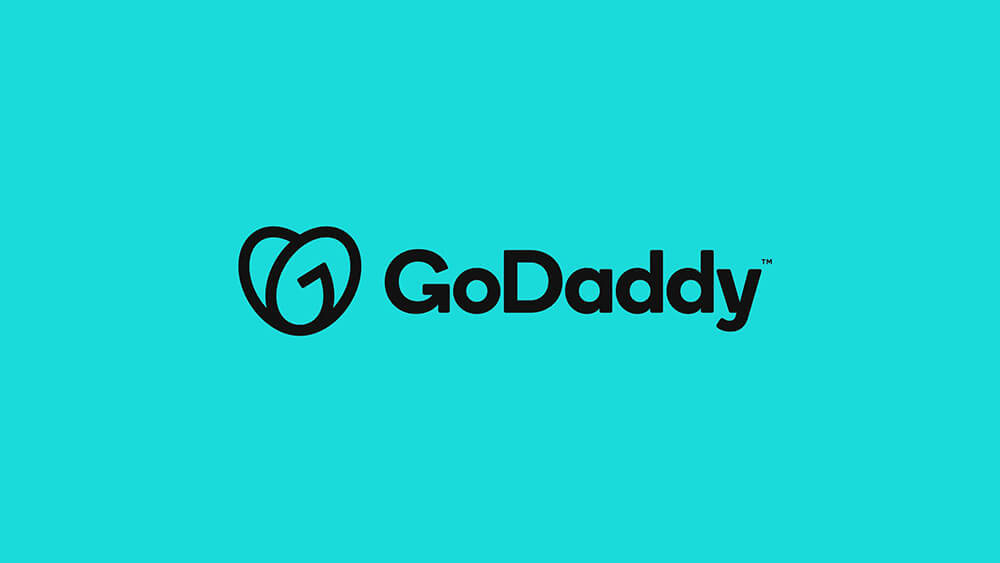
- Register a domain name: Your domain name is the address people will use to find your blog. It's important to choose a domain name that's easy to remember and reflects the theme of your blog. You can register a domain name through your blogging platform or through a domain registrar such as GoDaddy.
- Choose a hosting service: Hosting is the service that allows your blog to be accessible on the internet. You can choose to host your blog through your blogging platform or through a third-party hosting service. Some popular hosting services include Bluehost, HostGator, and SiteGround.
- Customize your blog's design and layout: Once your domain and hosting are set up, you can customize the design and layout of your blog. This is where you can make your blog truly unique and reflect your personal style. Most blogging platforms offer a range of templates or themes that you can customize to suit your needs. You can also use plugins or widgets to add additional features or functionality to your blog.
By following these three steps, you can set up your personal blog and start sharing your thoughts and ideas with the world.
Step 4. Create Content
Now that your blog is set up, it's time to start creating content that will engage your audience. One of the key tips for writing engaging blog posts is to know your audience. Think about who your readers are and what they're interested in, so you can create content that is relevant and interesting to them. Additionally, it's important to write in a conversational tone, use headings and subheadings, and include images and videos to break up the text and make your posts more engaging.
To create high-quality content, there are many tools and resources available. For instance, Canva can help you create stunning graphics, Grammarly can help you check your writing, and Hootsuite can assist with scheduling your social media posts. By utilizing these resources, you can make the content creation process easier and more efficient.
It's essential to maintain consistency and frequency with your blog posts. Consistent posting will help build your audience and keep your readers engaged. Determine a posting schedule that works for you and stick to it. By consistently creating quality content, you can establish yourself as an authority in your niche and develop a loyal following.
Step 5. Monetize Your Blog
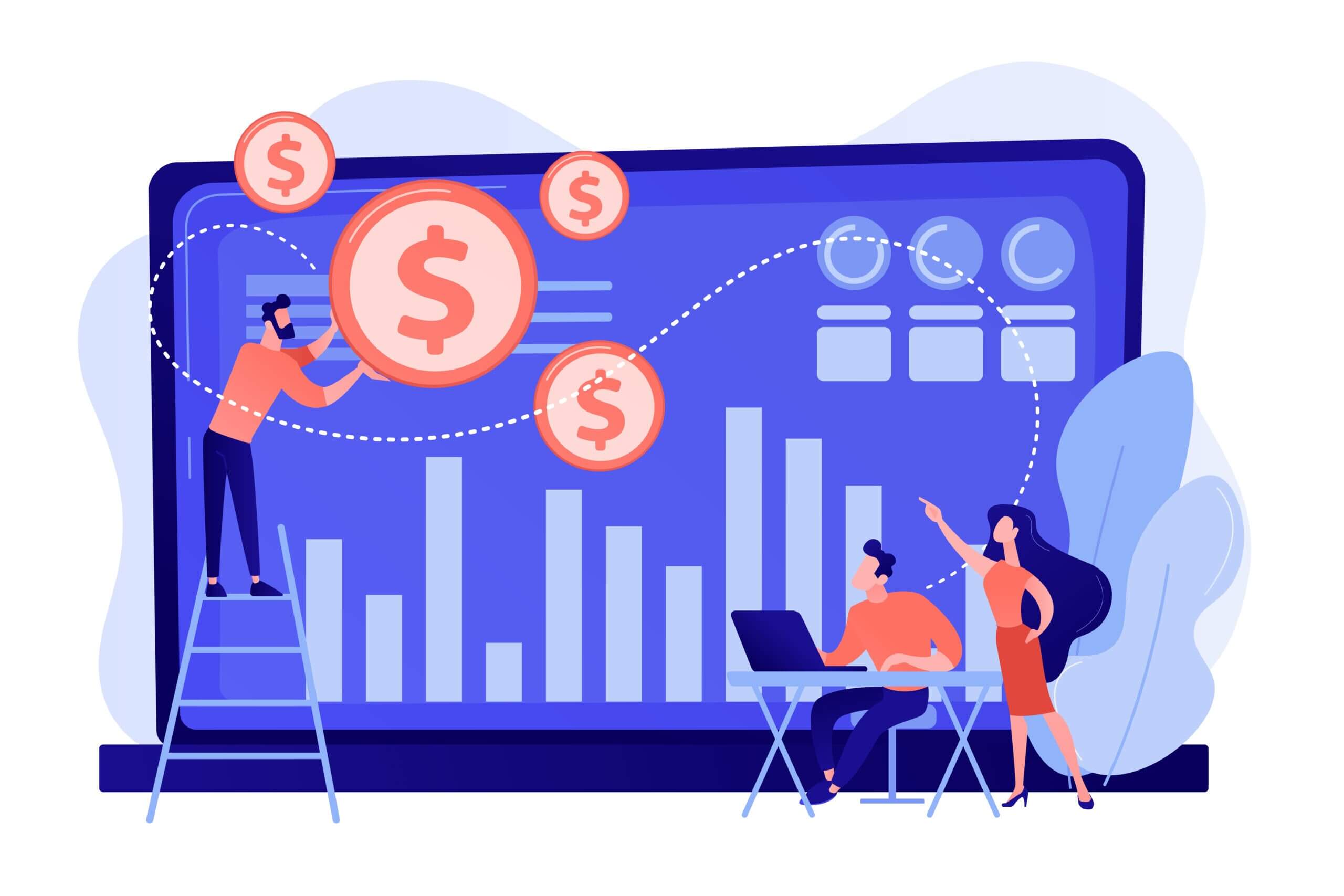
Once your personal blog is established and has a readership, you may want to consider monetizing it. There are various ways to make money from your blog, including advertising, affiliate marketing, sponsored posts, and digital products. When monetizing your blog, it's important to consider factors such as relevance, transparency, and the quality of your content.
Advertising is one of the most common ways to monetize a blog, and you can use ad networks like Google AdSense or sell ads directly to advertisers. Affiliate marketing is another option, where you can promote products or services and earn a commission on any sales made through your unique affiliate link. Writing sponsored posts is also a way to make money from your blog, as companies may pay you to write a post about their product or service and include a link to their website. Lastly, you can create and sell digital products like ebooks, courses, or printables that are relevant to your niche.
However, it's important to ensure that any products or services you promote are relevant to your audience and niche. Additionally, being transparent with your readers about any sponsored posts or affiliate links is crucial to maintaining their trust. Finally, it's important to prioritize providing quality content to your readers over monetization. By monetizing your blog in a responsible and transparent way, you can earn a passive income stream while continuing to provide value to your readers.
Conclusion
Starting a personal blog takes time and effort, but the rewards can be significant. Whether you're looking to share your personal experiences, build a brand, or make a career out of blogging, the key is to get started and stay consistent. Don't be afraid to experiment and try new things, and always strive to provide value to your readers.
So what are you waiting for? Start your personal blog today and join the millions of people around the world who are sharing their thoughts and ideas with the world!





















